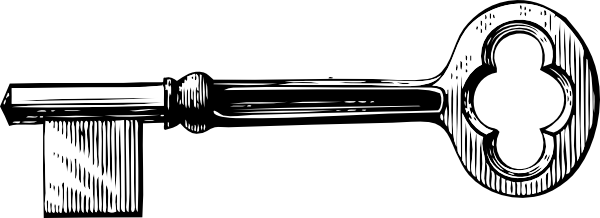COLLISION
Elastic
v. Inelastic
Two
things collide with each other!
On
a scale of 1 to 10, how elastic or inelastic is the collision?
1 2 3 4 5 6 7 8 9 10
ELASTIC INELASTIC
(has a lot of "give") (not enough "give")
You can find out just what
this means when you have an
EGG
TOSS -- OR WATER BALLOON TOSS
Use
an easily breakable item – that's why we use an egg or a water
balloon.
In
a contest like this, after each round, you take a giant step back, so
there is more and more distance involved. The distance adds to the
amount of force each time you throw.
How
elastic or inelastic a collision? It depends on:
USE
AN EGG or WATER BALLOON WHERE IT LANDS AND HOW IT LANDS

Using
the above scale:
1 on
sand or grass or a pillow
3 in
your hands, and keep the arms moving
5 in
your hands, stop all of a sudden
7 right
on you!
10 on
hard ground
You
can find out, too, with pitching and catching:
PITCHER
/ PITCHING MACHINE
How
elastic or inelastic a collision? It depends on:
USING
DIFFERENT TYPES OF BALLS HOW YOU PROTECT YOURSELF
cloth
ball 1 bare hands
rubber
ball 3 bare hands
softball 5 catchers
mitt
baseball 7 catchers mitt
ball used in shotput 10 2 catchers mitts ??!
SUMMARY:
The force is
d-i-f-f-u-s-e-d, meaning you s-p-r-e-a-d o-u-t
the force.
This way there is a more elastic collision, resulting in less damage.
So,
wearing a helmet helps protect you when doing activities such as bicycling or skateboarding. Why? If you fall and hit your head,
it spreads the force, first, throughout the lining --- protecting YOU.
it spreads the force, first, throughout the lining --- protecting YOU.
How? Less force to your head!



